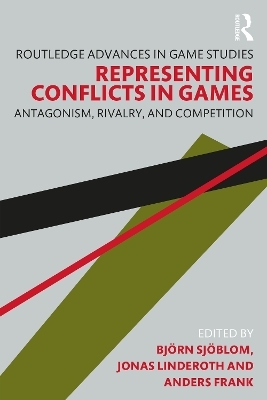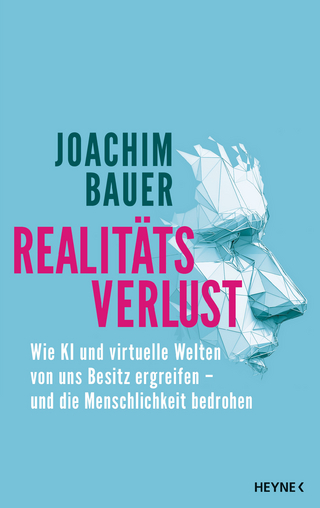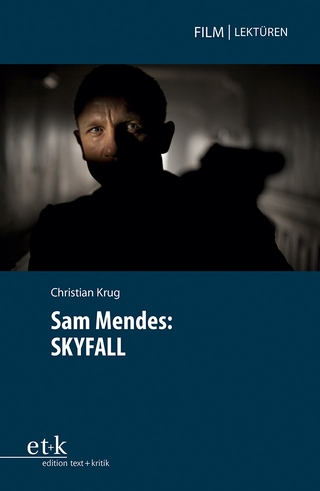
Representing Conflicts in Games
Routledge (Verlag)
978-1-032-28559-7 (ISBN)
This book offers an overview of how conflicts are represented and enacted in games, in a variety of genres and game systems. Games are a cultural form apt at representing real world conflicts, and this edited volume highlights the intrinsic connection between games and conflict through a set of theoretical and empirical studies. It interrogates the nature and use of conflicts as a fundamental aspect of game design, and how a wide variety of conflicts can be represented in digital and analogue games.
The book asks what we can learn from conflicts in games, how our understanding of conflicts change when we turn them into playful objects, and what types of conflicts are still not represented in games. It queries the way games make us think about armed conflict, and how games can help us understand such conflicts in new ways.
Offering a deeper understanding of how games can serve political, pedagogical, or persuasive purposes, this volume will interest scholars and students working in fields such as game studies, media studies, and war studies.
Björn Sjöblom is Senior Lecturer at the Department of War Studies and Military History at the Swedish Defence University. Jonas Linderoth is Professor in the Department of Education, Communication and Learning at the University of Gothenburg, and Visiting Professor at the Department of War Studies and Military History at the Swedish Defence University. Anders Frank is Senior Lecturer at the Department of War Studies and Military History at the Swedish Defence University.
List of Contributors; Acknowledgements; The Inevitable Relation Between Games and Conflict: An Introduction; Part I: Game Systems, Transformation, and Learning; 1. Red in Bits and Bytes: Evolutionary Conflicts in Biological God Games; 2. On Bikers at War: Transformations of Non-Fictional and Fictional Conflicts from Hamlet to Sons of Anarchy: Men of Mayhem; 3. From Zero-Sum Business Games to Coopetitive Simulation; 4. The Limits of ‘Serious’ Play: Frame Disputes Around Educational Games; Part II: Representing War and Armed Conflicts; 5. On Wargames and War: Modelling Carl von Clausewitz’s Theory of War; 6. Wargames as Reenactment: An Ecological Framework for the Development of Military Games for Education; 7. The Grasping Eye: Wargames and the Ideal-Typical Field Commander’s Inner Vision; Part III: Critical Perspectives on Conflicts in Games; 8. War Never Changes? Creating an American Victimology in Fallout 4; 9. Are the Bullets Going Over our Head? Designed Ambivalence in the Representation of Armed Conflict in Games; 10. Where are the White Perpetrators in all the Colonial Board Games? A Case Study on Afrikan Tähti; Part IV: Alternative Ways of Representing Conflicts in Games; 11. Narrative and Mechanical Integration: Playing with Interpersonal Conflicts in Life is Strange; 12. The Most Intimate Conflict of all: Marriage as Conflict in Digital Games; 13. All Smoke, No Fire: The Post-Mortem of Conflicts in the ‘Walking Simulator’ Genre; Index
| Erscheinungsdatum | 16.12.2022 |
|---|---|
| Reihe/Serie | Routledge Advances in Game Studies |
| Zusatzinfo | 5 Halftones, black and white; 5 Illustrations, black and white |
| Verlagsort | London |
| Sprache | englisch |
| Maße | 156 x 234 mm |
| Gewicht | 520 g |
| Themenwelt | Kunst / Musik / Theater |
| Geisteswissenschaften ► Geschichte | |
| Sozialwissenschaften ► Kommunikation / Medien ► Medienwissenschaft | |
| ISBN-10 | 1-032-28559-1 / 1032285591 |
| ISBN-13 | 978-1-032-28559-7 / 9781032285597 |
| Zustand | Neuware |
| Haben Sie eine Frage zum Produkt? |
aus dem Bereich


